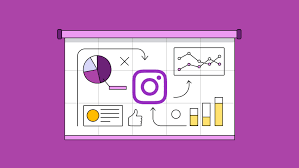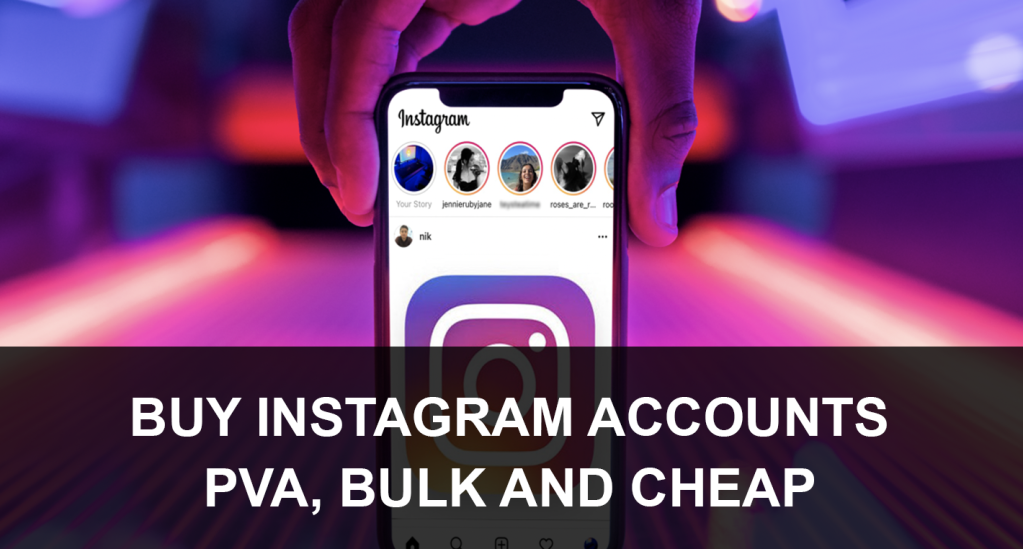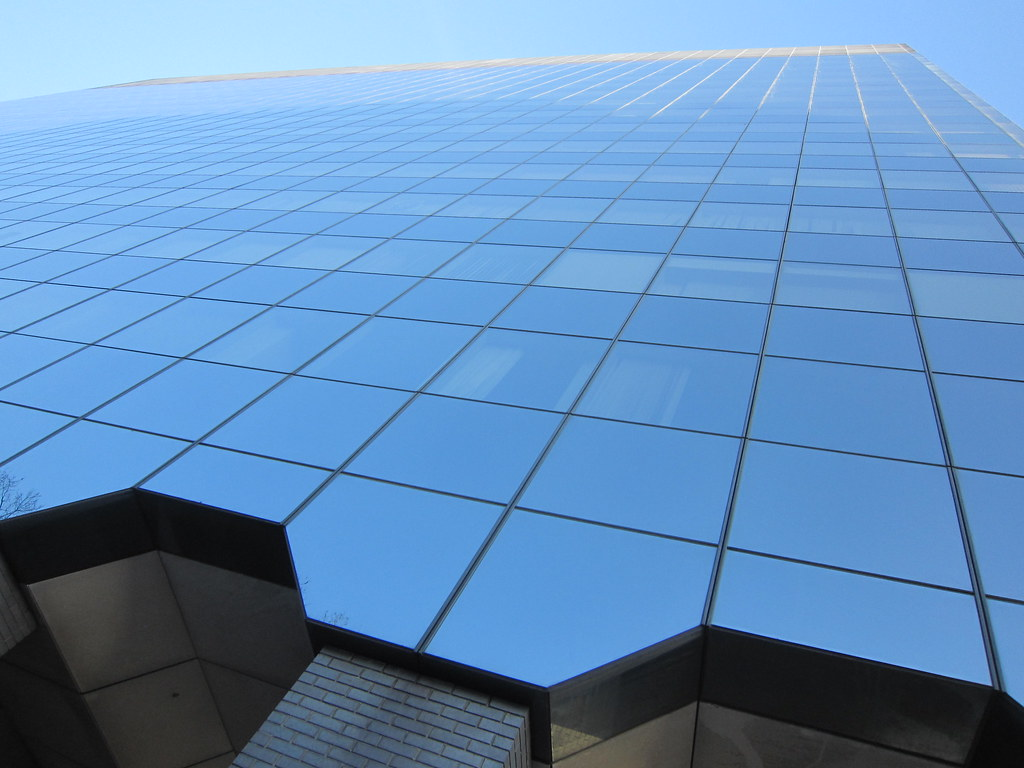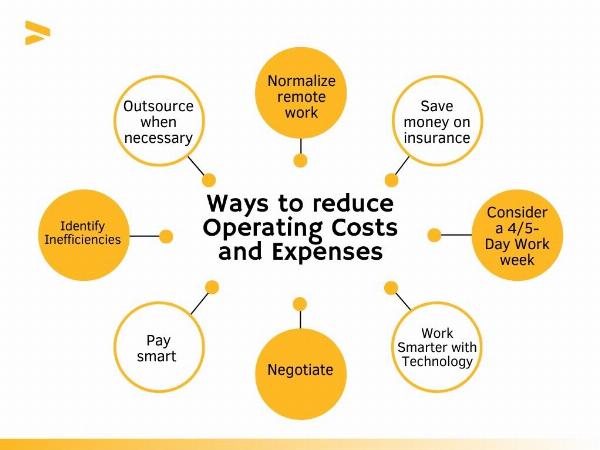 Local SEO Boost – Put Your Business on the Local Map!
Local SEO Boost – Put Your Business on the Local Map!
Exploring AI Headshot Technology: How It Works and What’s Next
Written by Sohail Sial » Updated on: July 01st, 2025

In 2025, AI-generated headshots have become a mainstream tool for professionals, entrepreneurs, and creatives. But how do these tools actually work? What’s happening behind the scenes when you upload your selfies and receive 300 studio-style portraits within hours?
This article demystifies the technology behind AI headshot generation—breaking it down into simple steps, explaining key concepts like neural networks, and highlighting exciting future innovations such as 3D avatars and AR headshots.
Step 1: The Generation Pipeline
Most AI headshot platforms follow a similar process:
Photo Upload
You begin by uploading 10–25 well-lit, varied selfies. These help the AI “learn” your face from multiple angles and expressions.
Model Training
Using your photos, the system trains a personalized neural network model. This step typically takes 30 minutes to several hours depending on the platform.
Image Generation
The AI then synthesizes hundreds of new portraits by applying your facial identity to pre-trained style templates. These templates simulate different lighting, backgrounds, outfits, and even poses.
Delivery
You receive a gallery of professional-looking headshots in various styles—often via email or platform dashboard.
Platforms like Secta and TryItOn lead the space in speed and style variety, offering clean interfaces and consistent quality.
Step 2: AI Techniques Made Simple
At the heart of these platforms are deep learning models, often based on a type of AI architecture called a neural network.
Here’s how it works:
A neural network is a system designed to mimic how the human brain processes information. It learns to recognize patterns in the photos you provide—like your eye shape, jawline, and hair texture.
Through fine-tuning, the network personalizes a general model to replicate your likeness.
Tools like GANs (Generative Adversarial Networks) are then used to create hyper-realistic portraits. These pit two neural networks against each other—one generates images, and the other critiques them, improving quality through feedback loops.
Some platforms incorporate style transfer, which applies specific photographic aesthetics—like soft studio lighting or a corporate suit look—to your likeness.
🧠 In simple terms: The AI studies your features and then imagines what you’d look like in dozens of professional settings.
Step 3: Editing Features and AI Flexibility
One of the biggest advantages of AI headshots over traditional photos is instant editability. Many platforms now offer built-in tools for:
Background changes (office, studio, nature)
Outfit swaps (casual to formal looks)
Pose adjustments
Expression edits (adding a smile or softening eyes)
Some platforms call this "Remix Mode" or "Style Editor." It lets you generate alternate looks from the same base photos—ideal for freelancers or founders who need multiple image styles across channels.
According to writewiser.co.uk, these remix features are increasingly becoming a standard offering among top-tier AI headshot generators.
Step 4: The Future of AI Headshots
As impressive as static AI portraits are today, the technology is just getting started. Here's what’s on the horizon:
3D Headshot Avatars
Future platforms may offer a dynamic 3D version of your headshot, allowing you to rotate your digital self or animate expressions in real time.
Interactive AR Headshots
Augmented reality (AR) headshots could allow users to view a professional portrait that responds to movement or speech, ideal for video resumes or speaker bios.
Video Headshots & Talking Avatars
By blending facial AI with voice synthesis, tools may soon offer auto-generated video intros using your AI avatar.
Live Integration
Imagine your AI headshot updating automatically based on your current hairstyle, glasses, or even mood. With advanced facial recognition and personalization, this level of customization is becoming feasible.
Step 5: Balancing Hype with Reality
Despite the remarkable progress, it's important to stay grounded:
AI can’t yet perfectly replicate artistic intuition or human emotion.
Results may still look uncanny in some cases—especially with poorly lit or limited input photos.
Not all platforms guarantee data privacy or ownership, so choose wisely (see briefcasecoach.com for a breakdown of ethical providers).
Still, when used correctly, AI headshots represent a game-changing shift in how individuals and teams create their visual identity.
Final Thoughts: From Curiosity to Confidence
Whether you're a job seeker, executive, or startup founder, understanding how AI headshot technology works can give you more control over your personal brand. With the ability to generate realistic portraits from your couch—customized, edited, and styled in minutes—the future of photography is here.
🎯 Ready to try it? Upload 10+ selfies, choose your preferred look, and watch the AI do the rest. You might be surprised how much you love the result.
Note: IndiBlogHub features both user-submitted and editorial content. We do not verify third-party contributions. Read our Disclaimer and Privacy Policyfor details.
Copyright © 2019-2025 IndiBlogHub.com. All rights reserved. Hosted on DigitalOcean for fast, reliable performance.













